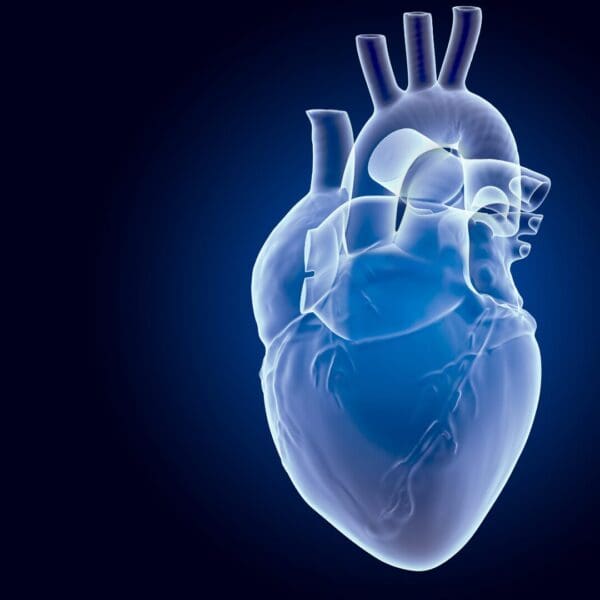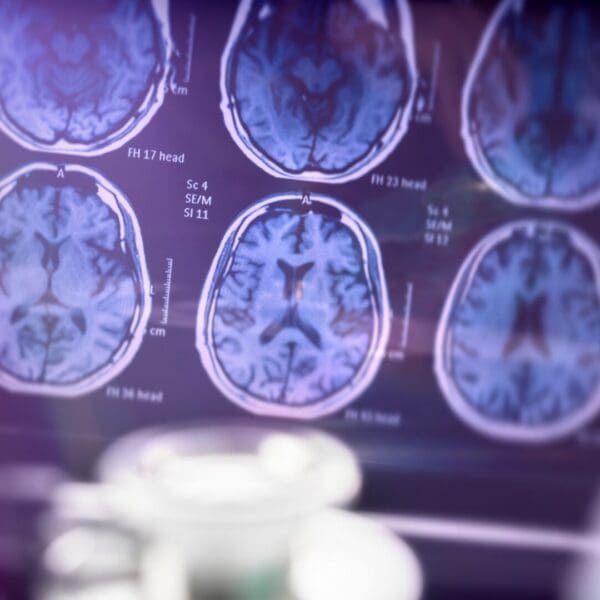We’ve long known mitochondria as the “power plants” of our cells, providing the energy needed for us to function. But new research reveals an exciting twist: mitochondria also play a crucial role in defending the body against bacterial infections.
How Mitochondria Help Fight Bacteria
When harmful bacteria invade the body, white blood cells called neutrophils rush to the scene. These cells engulf the bacteria into small compartments known as phagosomes. Here’s where mitochondria come in. They can detect a chemical called lactate, which many bacteria release inside these compartments.
When mitochondria sense lactate, they help neutrophils release sticky webs made of DNA and proteins, called neutrophil extracellular traps (NETs). These webs trap and kill bacteria, stopping infections in their tracks. If this mitochondrial sensing is disrupted, neutrophils can’t produce enough NETs, allowing bacteria to escape.
Why This Matters for Disease and Healing
This discovery helps explain why some people, such as those with autoimmune diseases like lupus, are more prone to infections. In these patients, their neutrophils’ mitochondria don’t properly sense lactate, leading to weaker immune defenses.
These findings also open new possibilities for treatment. Enhancing mitochondrial sensing could improve the body’s ability to fight infection. On the other hand, in conditions where excessive NET formation causes tissue damage, suppressing this response may help protect healthy tissues.
Impact on Regenerative Medicine
Regenerative medicine aims to help the body heal and rebuild itself after injury or disease. A well-balanced immune response is essential. There must be enough inflammation to clear out germs and debris, but not so much that it harms new tissue.
Mitochondria play a key role in maintaining this balance. They help regulate immune cell behavior to ensure inflammation supports, rather than hinders, healing. Some therapies are even exploring ways to transfer healthy mitochondria into damaged tissues to speed up repair and recovery.
The Big Picture
In short, mitochondria are more than just the cell’s energy source. They are also vital sentinels that help the immune system detect and eliminate bacteria. Understanding and leveraging this new role could lead to better treatments for infections, autoimmune diseases, and improved healing outcomes.
-Dr. P
















